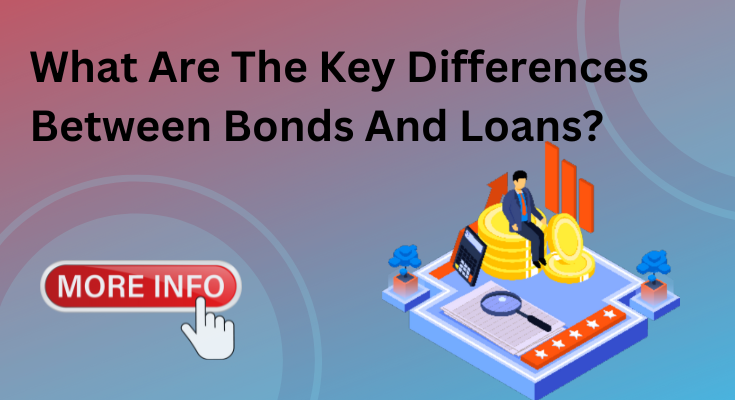
Bonds and loans are two financing options that investors may be considering for their portfolio. But what are the key differences between them? Learn more about the similarities and differences of bonds vs loans in this article.
What are Interest Rates
Interest rates are the percentage of a loan that a lender charges for the use of its money. The interest rate is calculated as a percentage of the principal, which is the amount of money borrowed. Interest rates can be fixed or variable. Fixed interest rates stay the same throughout the life of the loan, while variable interest rates can go up or down, depending on economic conditions.
Loans typically have lower interest rates than credit cards because they are secured by collateral – meaning that if you default on your loan, the lender can take your property (such as your car or house) to recoup its losses. For this reason, loans usually have much lower interest rates than unsecured debt such as credit cards.
Types of Bonds
Bonds are IOUs issued by governments and corporations. When you buy a bond, you're lending money to the issuer, who promises to pay you back the principal plus interest over a set period of time.
There are two main types of bonds: government bonds and corporate bonds. Government bonds are backed by the full faith and credit of the issuing government, while corporate bonds are backed only by the issuer's promise to repay.
Government bonds can be further divided into two categories: federal government bonds and municipal government bonds. Federal government bonds are issued by the U.S. Treasury and are backed by the full faith and credit of the U.S. government. Municipal government bonds are issued by state and local governments and are backed by the issuer's taxing authority.
Corporate bonds can be further divided into two categories: investment-grade bonds and junk bonds. Investment-grade corporate bonds are issued by companies with good credit ratings and are considered to be low-risk investments. Junk bonds are issued by companies with poor credit ratings and are considered to be high-risk investments.
Types of Loans
There are many different types of loans available to investors, each with its own unique characteristics. The most common types of loans are government loans, corporate loans, and mortgage-backed securities (MBS).
Government loans are issued by government agencies, such as the U.S. Department of Agriculture or the Federal Housing Administration. These loans typically have lower interest rates than other types of loans because they are backed by the full faith and credit of the United States government.
Corporate loans are issued by companies to raise capital for their businesses. These loans often have higher interest rates than government loans because they are not backed by the full faith and credit of the United States government.
Mortgage-backed securities (MBS) are bundles of home mortgages that are sold to investors. MBS typically have higher interest rates than government or corporate loans because they are considered to be more risky investments.
Pros and Cons of Bonds and Loans
There are a few key differences between bonds and loans that borrowers should be aware of before taking out either type of financing. Here are some of the pros and cons of each:
Bonds:
-Pros: Bond interest rates are typically lower than loan rates, and bonds can be easier to obtain than loans.
-Cons: Bonds tend to have longer terms than loans, so the borrower may be paying off the debt for a longer period of time. Additionally, if interest rates rise, the borrower will end up paying more in interest on the bond than they would have with a loan.
Loans:
-Pros: Loans typically have shorter terms than bonds, so the borrower will pay less interest over time. Additionally, if interest rates rise, the borrower can usually refinance the loan at a lower rate.
-Cons: Loan rates are typically higher than bond rates, and loans can be more difficult to obtain than bonds.
Which is better for you will depend on your individual circumstances. If you are looking for a lower interest rate and are willing to pay off the debt over a longer period of time, a bond may be the better option. However, if you want to pay off the debt quickly and are comfortable with a higher interest rate, a loan may be the better choice.
Conclusion
In summary, the key differences between bonds and loans are:
-Bonds are a type of debt instrument that is issued by a government or corporation in order to raise capital. Loans are a type of debt instrument that is typically issued by a bank or financial institution.
-Bonds have a fixed term, while loans typically have a variable term.
-The interest rate on bonds is fixed, while the interest rate on loans can be either fixed or variable.
-The payments on bonds are made at regular intervals (usually semi-annually or annually), while the payments on loans are usually made monthly.



























